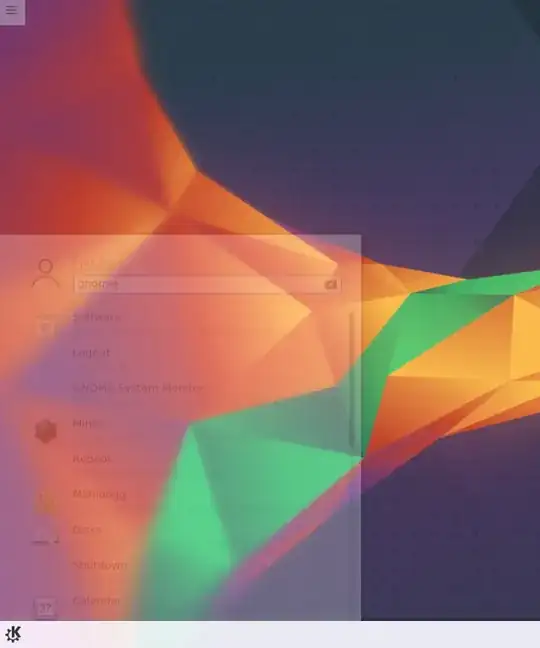Trying to install KDE on Ubuntu 16.04 with the following commands:
sudo add-apt-repository ppa:kubuntu-ppa/backports
sudo apt-get update && sudo apt-get dist-upgrade
sudo apt-get install kubuntu-desktop
I do not get to the selection of the display manager.
I have a list of errors like:
E: Failed to fetch http://security.ubuntu.com/ubuntu/pool/main/r/ruby2.3/ruby2.3_2.3.1-2~16.04.5_amd64.deb
404 Not Found [IP: 91.189.88.149 80]
Going on the corresponding http page, I see this file with a slightly different version number:
ruby2.3_2.3.1-2~16.04.6_amd64.deb
How can I install KDE if there is no exact match between the packages' versions?
The answers to How can I fix a 404 Error when using a PPA or updating my package lists? do not seem to cover my case, i.e. with most packages correctly installed, but with some not found due to minor version mismatches.
